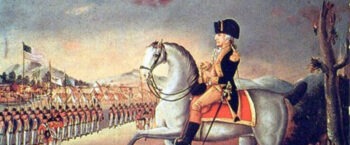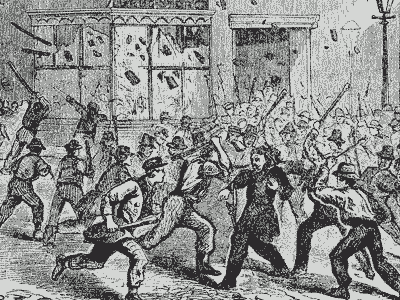A Brutal Week
PARIS – “Brutal”… “horrible”… “horrendous” – these are just a few of the hyperbolic adjectives used to describe last week’s stock market.
The S&P 500 is down 6% so far in 2016… and $1 trillion in investor wealth has gone up in smoke.
In fact, it was the worst opening week for global markets in history. But c’mon… look at the glass as half full. Wall Street’s decline was less than half of Shanghai’s 14% loss.
 Ammon Bundy, the leader of the militia that is challenging the federal governments grip on land. There are important economic and political power reasons behind the fact that the government lays claim to huge swathes of land it refuses to privatize. Many people have probably never thought about this much, but is about a conflict that goes back to the time when the American States were still British crown colonies. Bundy is a modern-day representative of what was then the agricultural debtor class – which has drawn the short stick since forever.
Ammon Bundy, the leader of the militia that is challenging the federal governments grip on land. There are important economic and political power reasons behind the fact that the government lays claim to huge swathes of land it refuses to privatize. Many people have probably never thought about this much, but is about a conflict that goes back to the time when the American States were still British crown colonies. Bundy is a modern-day representative of what was then the agricultural debtor class – which has drawn the short stick since forever.
Photo via tvoinews.com
And on Monday morning, Chinese stocks were tumbling again. So, there will likely be more trouble ahead – on both sides of the globe. But hey, this is only the beginning, not the end. That’s still ahead!
 Performance of Shanghai Composite (black line) vs. SPX (red line) since December 30 – click to enlarge.
Performance of Shanghai Composite (black line) vs. SPX (red line) since December 30 – click to enlarge.
A Modern Western
“It’s a modern Western,” said one of our sons, describing the standoff in Oregon between armed militia men and the feds.
“What do you mean?” we asked.
“In modern movies, you’re never quite sure who the good guys are.”
Continue reading “The “Oregon Standoff” is a Modern-Day Western”









